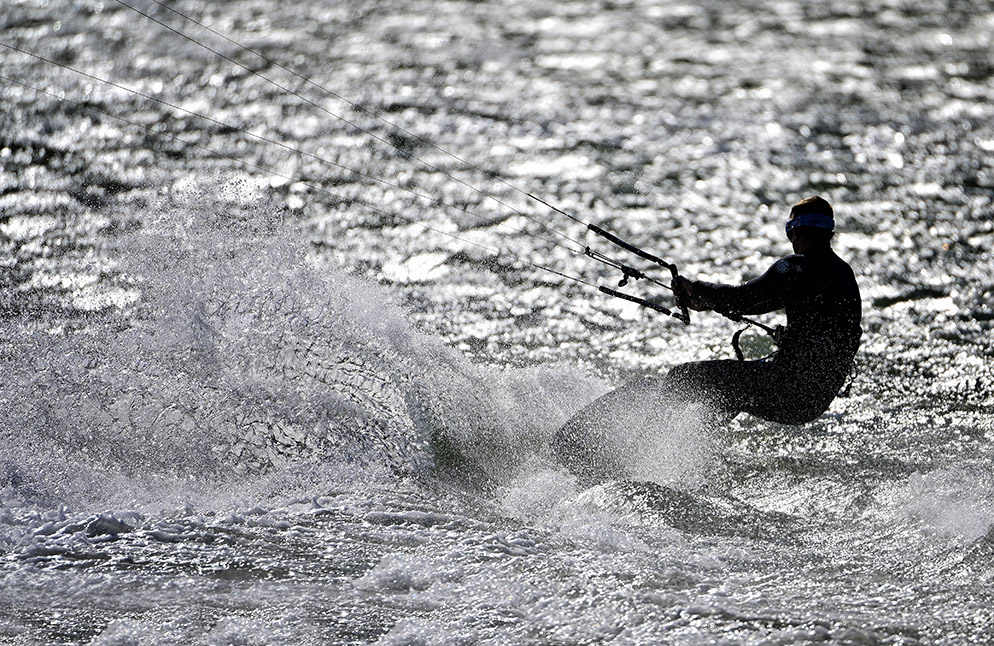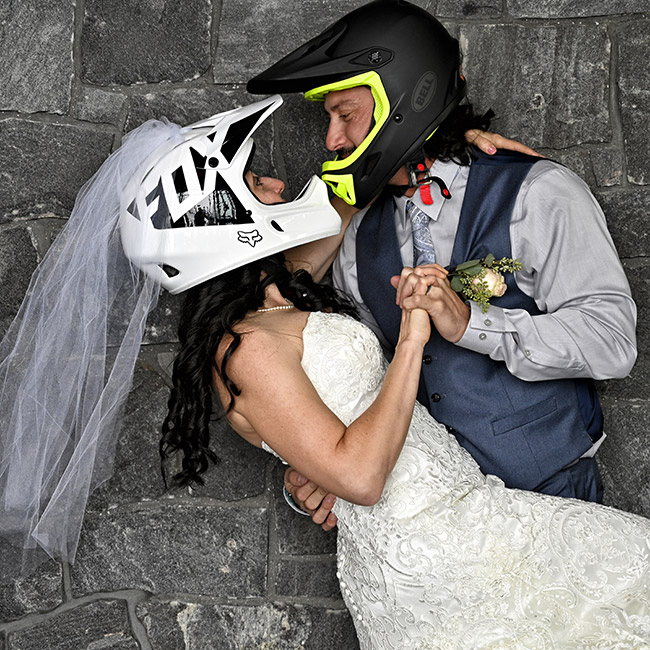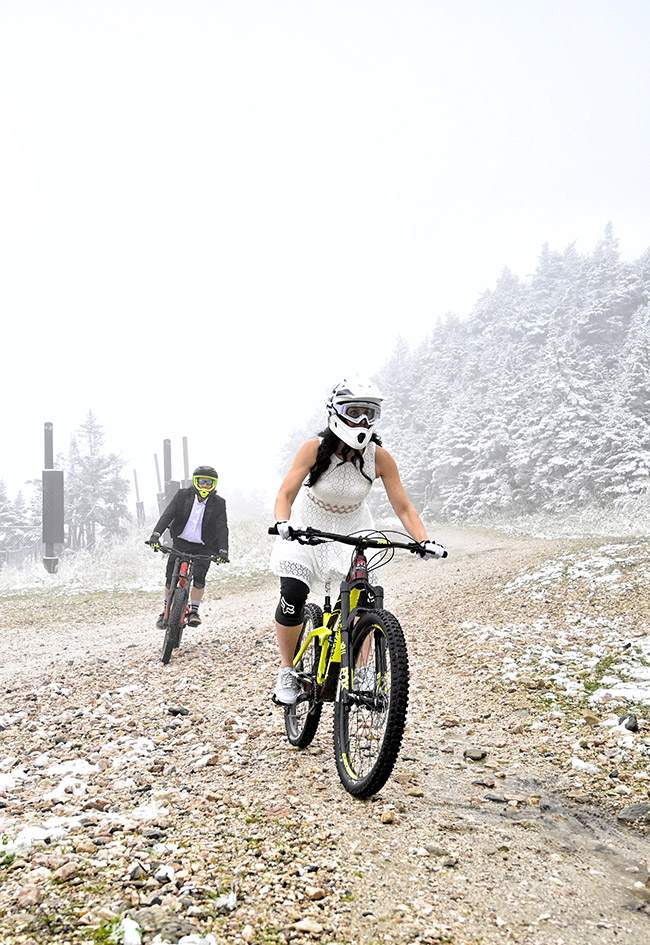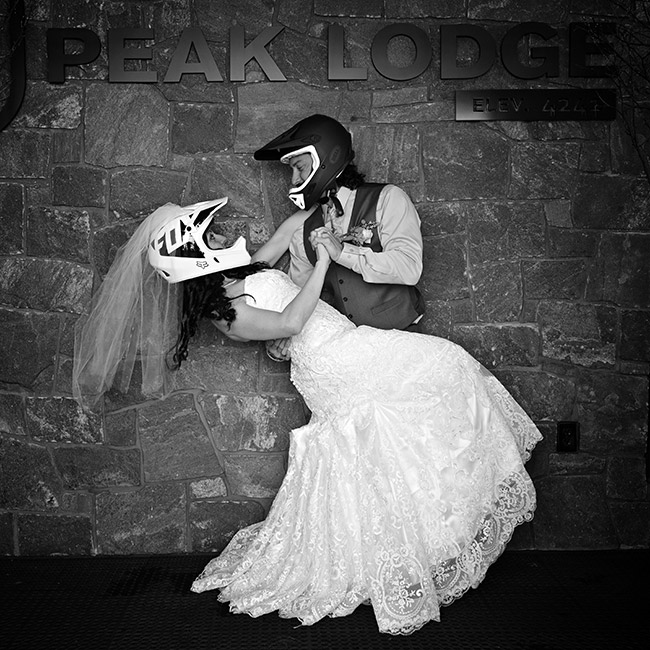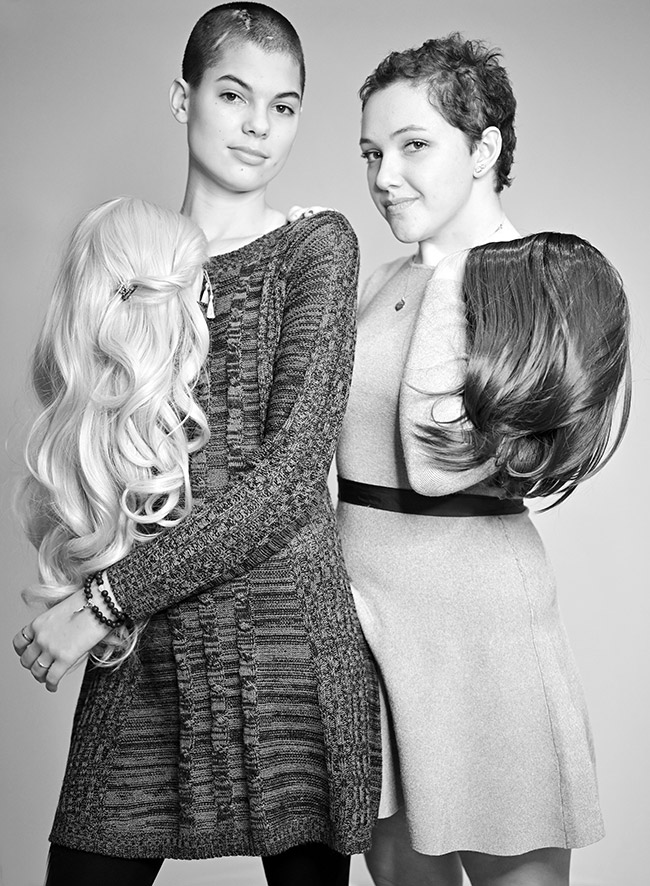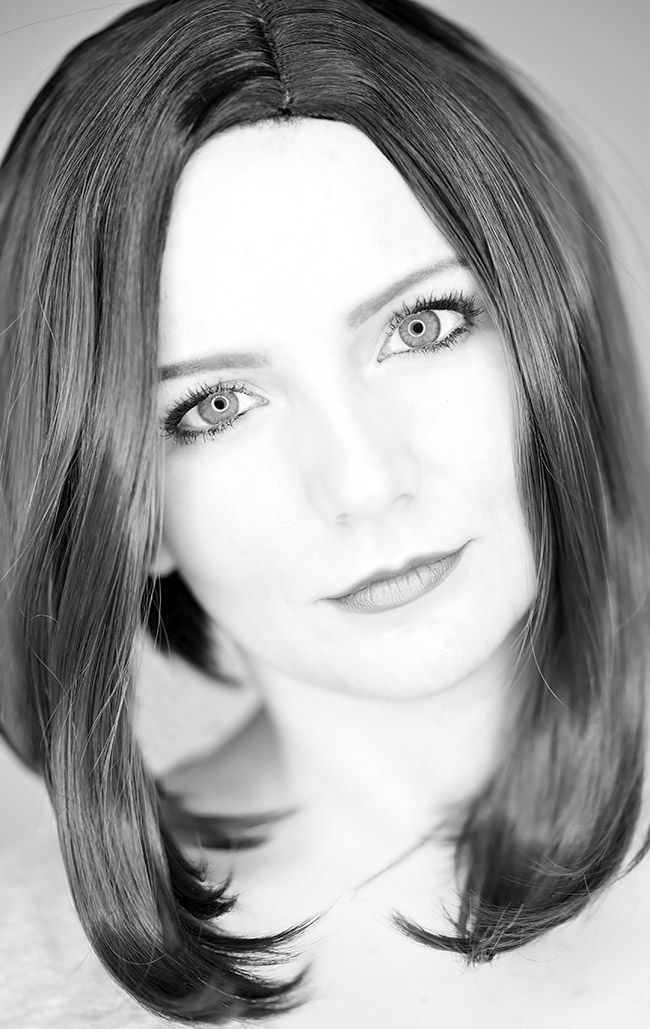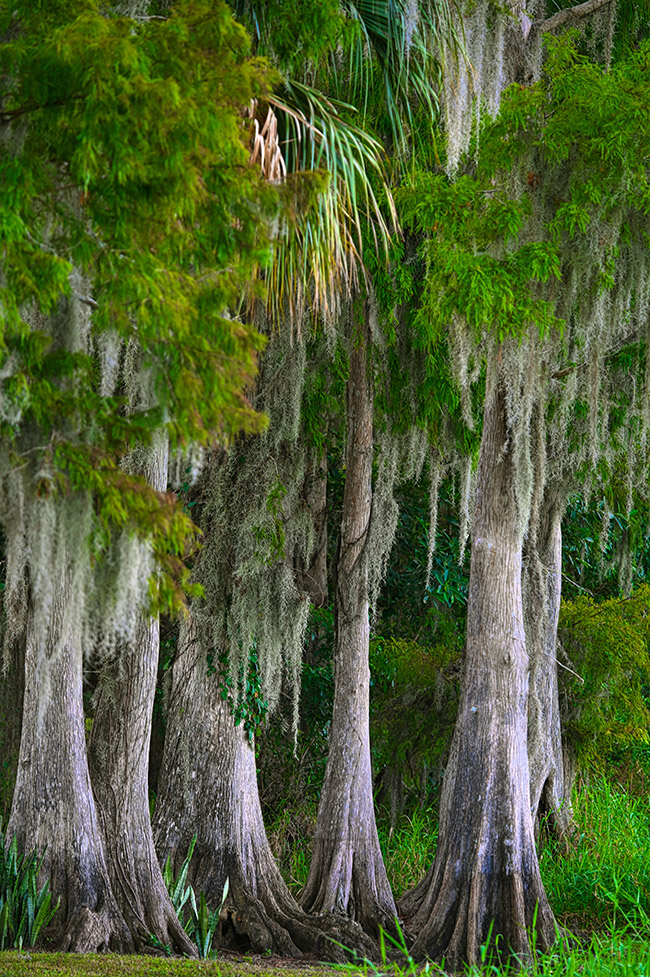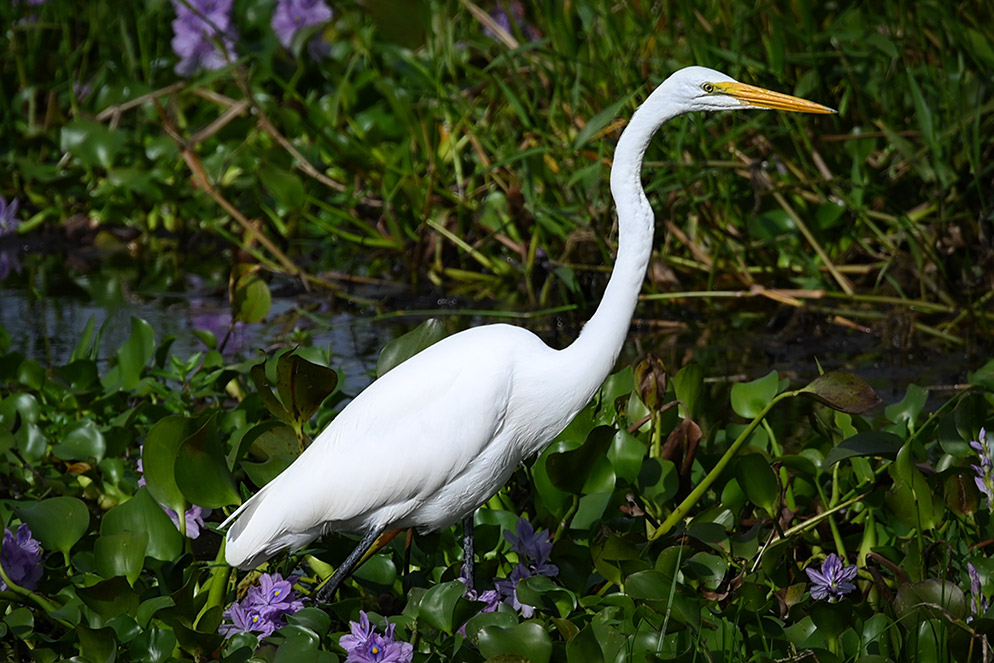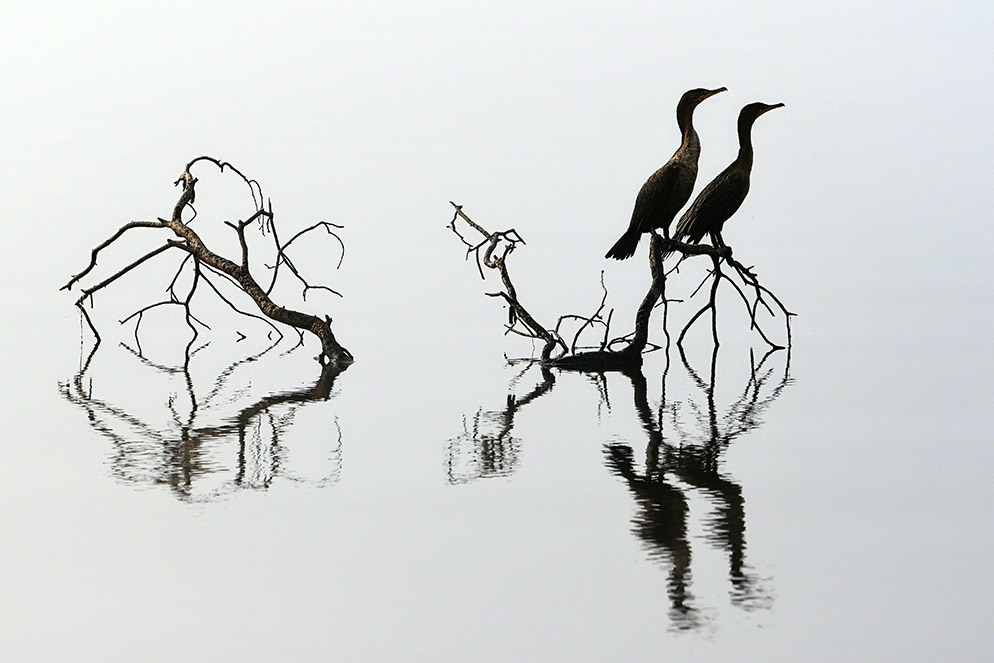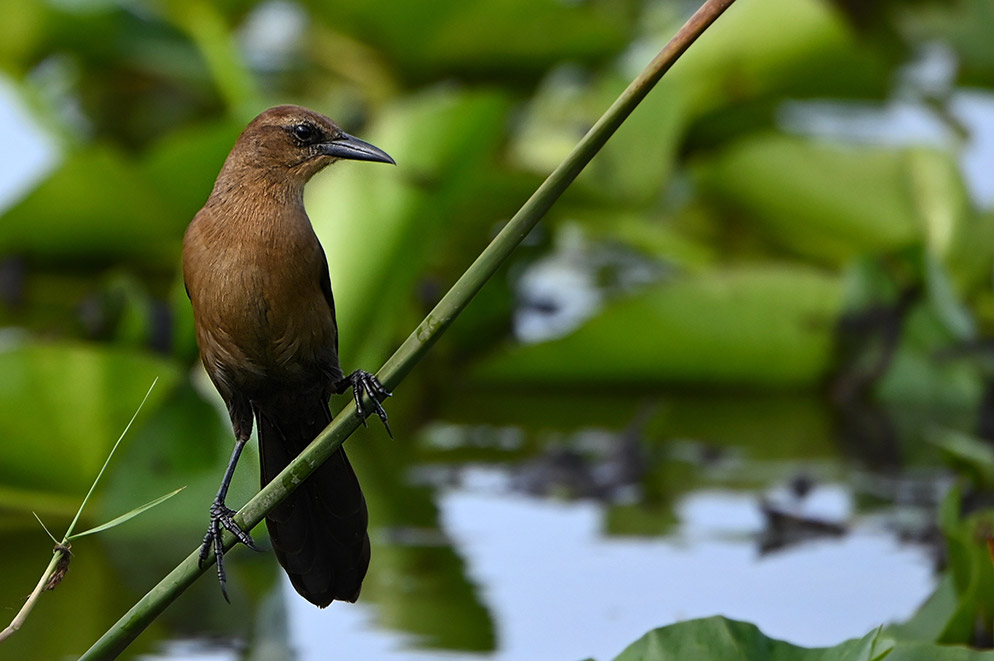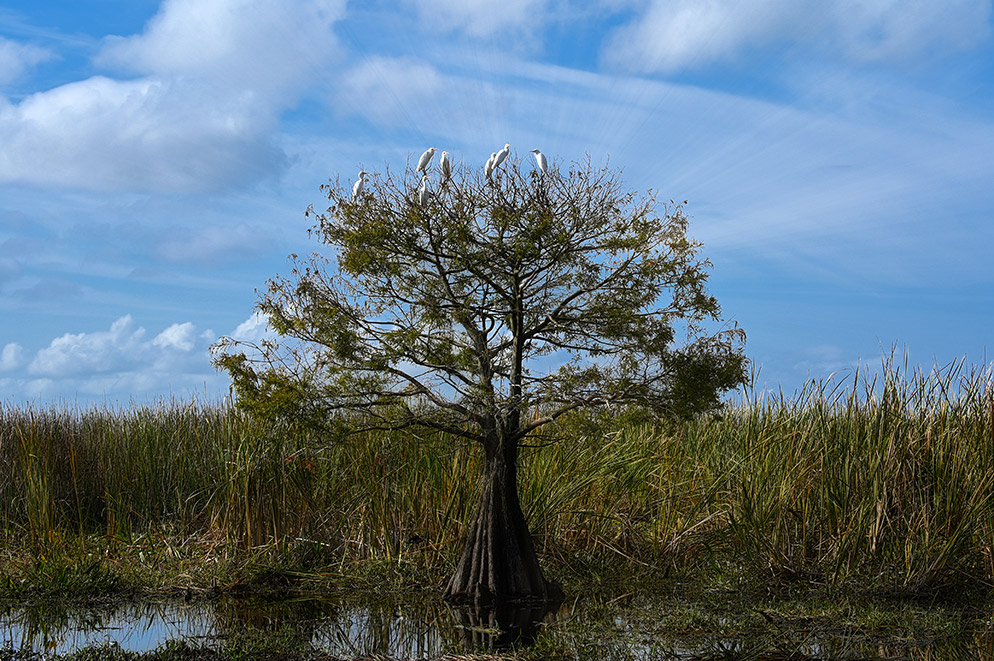Big Difference: The Z 6's Imaging Advantages
"Kiteboarding was my biggest challenge for the Z 6," Mike says. "The wind was whipping around at over 30 miles per hour, so I pushed the highest shutter speed I could and tracked the athletes using dynamic focus and the wide-small AF target." He says his pictures that day on the beach on the south shore of Long Island are a testament to the camera's AF speed and accuracy. Z 6, AF-S NIKKOR 180-400mm f/4E TC1.4 FL ED VR, 1/5000 second, f/5.6, ISO 200, manual exposure, Matrix metering.
Let's begin by breaking the rule that says you should never start off by talking about what a camera is not.
But it's important that you know the Z 6 is not a step down from the Z 7. It's not a lesser camera; it's a different camera.
Both were introduced at the same time. Both are Nikon professional-level mirrorless cameras. Both are acclaimed for their advanced technology and image quality. Both are really cool.
While they share most features and capabilities, the Z 7 has a megapixel count of 45.7 while the Z 6 is a 24.5-megapixel camera. Which means the Z 6 can do some significant things its sibling can't.
And because all cameras are purpose-driven—your choice will depend on what you do, or want to do, photographically—what makes the Z 6 different may make it ideal for you.
Guided By Purpose
Two senior Nikon managers—Mike Corrado and Lindsay Silverman—got together not long ago with a couple of their associates to talk in general about taking pictures and specifically about taking pictures with the Z 6. Both are passionate, dedicated, driven photographers; if they didn't work for Nikon, they'd be pro photographers. Both had been shooting with the Z 6, and both immediately homed in on the camera's big differences. It was a rapid-fire conversation, which was thankfully recorded.
"You get faster buffering at lower resolution," Lindsay said, "so the Z 6's high-speed framing rate—12 frames per second compared to the Z 7's nine—is going to make a difference shooting motion and action."
Mike is the volunteer house photographer of the Ronald McDonald House of Long Island, where he took this photograph of Slappy, one of the many healing dogs who provide comfort to the children who live at the house. Z 6, Mount Adapter FTZ, AF-S NIKKOR 105mm f/1.4E ED, 1/1250 second, f/2.2, ISO 800, manual exposure, Matrix metering.
"The kids love Slappy, and this is Lilly, just being herself with him." Mike frequently shoots in square format mode with the Z 6: "It works well for a lot of compositions, filling the frame with no need for cropping." And it's ideal for social media posting, as the Ronald McDonald House often uses his photos for social media. Z 6, Mount Adapter FTZ, AF-S NIKKOR 105mm f/1.4E ED, 1/200 second, f/4, ISO 800, manual exposure, Matrix metering.
"And because of that same resolution difference," Mike said, "there's a difference when you're shooting video. When you go to 4K, you get full pixel readout."
"That means pixel-by-pixel coverage of the scene," Lindsay said. "No line skipping, no algorithms, no interpolation."
"So the result is video that's sharper, smoother—and with less noise," said Mike, who paused briefly before adding, "And because it's a little over half the megapixels [of the Z 7], you get better ISO performance in low light—fewer pixels means larger pixels over the same FX full-frame format surface, so that means a larger light-gathering capability in each of the pixels."
At which point one of their associates mentioned a photographer who was determined to have all things Nikon Z: "I heard from a travel photographer who was planning it out this way: Z 7 for the main camera, Z 6 for the backup, but mostly for video and low-light situations."
"Not an uncommon thought," Lindsay said. "And the Z 6 is also going to be very welcome for photographers who were thinking of getting into video—and now can do so with autofocusing."
"Not to mention wedding photographers who'll take the Z 6 for video and for low-light, photojournalism-style shots," Mike said. "The higher frame rate will pay off for more spontaneous shooting."
"I felt that black and white told more of the story of Kendall's and Caroline's struggle with their illness," Mike says. "For me the moment when they took the wigs off was a powerful moment of empowerment, of saying, 'We don't need them to be strong.' But their treatment goes on." Z 6, Mount Adapter FTZ, AF-S NIKKOR 105mm f/1.4E ED, 1/320 second, f/1.8, ISO 1250, manual exposure, Matrix metering.
Once again, the Z 6 was in monochrome mode, but this time Mike used the camera's red filter setting when photographing Haley—"to give the image a bit brighter skin tone and an overall softer look to the portrait." Z 6, Mount Adapter FTZ, AF-S NIKKOR 105mm f/1.4E ED, 1/125 second, f/2.2, ISO 200, manual exposure, Matrix metering.
Deeper Into Mirrorless
By now you've figured out that working with the Z cameras has offered Mike and Lindsay new possibilities and advantages—which is not necessarily what they expected.
For Lindsay, the surprise was black and white. "I always liked shooting black and white, but now, for the first time, I'm composing in black and white. I set the camera for monochrome, look through the viewfinder and I'm seeing a black-and-white world, and I'm deciding how I want to shoot it. That's cool, and it's amazing."
For Mike the big difference was shooting in manual exposure mode and being able to see the result of his setting’s changes as he made them. "I'm convinced I'm always going to shoot mirrorless in manual," he said. "The technical advantages—seeing what you're going to get in the EVF [electronic viewfinder] before you take the picture, and being able to see the results as you change settings—f/stop, ISO, white balance—has made photography brand new again. And I shoot faster because I can keep my eye at the finder as I make those changes."
Lindsay pretty much summed it up: "The Z 6 comes along at a time when pictures are becoming more important in people's lives, and it's easier now to get good ones," he said. "Most of the features that everyone was excited about in the Z 7—the EVF, the lighter weight and smaller size, the native lenses and their astounding image quality, the compatibility with F-mount NIKKOR lenses that the FTZ adapter offers, the built-in VR—they're all there with the Z 6."
There was a bit more, but you get the idea: for Mike and Lindsay—professionals in practice, enthusiasts at heart—the Z 7 meant getting used to some new possibilities; the Z 6 means fine-tuning the features to their needs.
Welcome to the deeper-into-mirrorless moment.
The birds in the treetop are cattle egrets, and they were the element in the scene that caused Lindsay to ask the airboat driver to stop and maneuver the boat into position for this photo. "I said to the others in the boat, 'Look at the top of the tree...do you see the picture I'm seeing?' I usually avoid a centered subject, but here that's what the tree was—the center of attention at the moment the photo was taken. When the center is right for the story, you do it." Z 6, AF-S NIKKOR 80-400mm f/4.5-5.6G ED VR, 1/500 second, f/8, ISO 160, aperture priority exposure, Matrix metering.


